Morning in Reniala reserve. The Lemurs are already awake, enjoying the fresh morning air and feeling quite hungry. This is the Reniala Lemur Rescue Center. Its aim is to rehabilitate and return to nature the Lemurs which were confiscated as part of the illegal pet and bushmeat trades across Madagascar.
Most of the Lemurs here belong to the Lemur Catta species, known as the Ring-Tailed Lemur.
Some Brown Lemurs were brought to the rescue center as well. Having suffered from abuse before arriving here, they are restless and sensitive, and need extra care.
The black and white Lemurs’ habitat is usually greener and cooler, but the couple here manage quite well.
Lemur groups that roam outside are already on a transition phase towards being released back to the wild. They are getting used to searching and finding food independently, based on available wild vegetation. But those who are in early recovery phases need a protective controllable environment. The huge cages provide them with a space for readjusting and learning the skills they lost. Mainly, they need to be fed according to a strict diet. Two meals per day are provided, based on fruit and vegetables, which are grown in a field outside the reserve. As volunteers, we help the reserve staff to prepare the food. The amount is carefully weighed, and although the Lemurs prefer bananas and pineapples, they must learn to accept vegetables as well.
Reniala is a 6 square-kilometers protected area located in the south-western area of Madagascar Island. It is an arid place, characterized by dry spiny forest. It is a home for numerous peculiar plants, some of them endemic to Madagascar.
The most intriguing of them is the Adansonia rubrostipa, one of the most extravagant Baobab species, characterized by its famous fat trunk and strange formations. The fat trunk stores lots of water, for coping with long periods of dry conditions.
During the end of the dry season, without any green leaves, it seems like a tree grown upside down…
Some of the Baobabs here are extremely old, like the famous twelve hundred years old “Tea Pot”.
Many species of birds can be found here as well. A designated trail in the reserve enables tourists to enjoy the reserve wildlife by guided tours.
By noon it is getting pretty hot. South Madagascar is characterized by high temperatures, and it gets hotter as the rainy season approaches. It is a siesta time for the lemurs, who seek shade everywhere.
We have some time to rest in the “auberge” – the volunteers’ and guests’ area where we sleep and eat.
Even sitting and relaxing here in Reniala is a magical show of nature. Our lizard friends, the Standing’s day geckos, popup everywhere, with their greenish-bluish texture.
A sudden movement from a tree nearby reveals a Bernier’s Striped Snake having a decent lunch. A real time drama not to be missed.
Afternoon is enrichment time. The Lemurs are provided with various aids to develop skills and improve their food searching abilities. The enrichment plan changes every day according to a predefined plan. In extremely hot days the lemurs get iced fruit. In special occasions they are invited to paint with colored fruit.
Today we try a new enrichment – the feeding box. Made out of leftovers from a wood cabinet we built for the auberge, the box has three doors, each can be opened in a different way. The Lemurs have to find the way into the food in the box, by opening at least one of the doors. Will they succeed?
At first it seems that they have some hard time coping with the new gadget. But pretty quickly they manage to open the doors and enjoy the meal.
Reintroduction of Lemurs into the wild is not an easy process. Ring-Tailed Lemurs – like any other Lemur species – are difficult to reintroduce into the wild. Some of them, who have lost the ability to forage for food – will be cared for at the center for the rest of their lives. For the Lemurs who manage to rehabilitate we shall wish a successful journey back to nature.
The rescue center in Reniala is one of the few facilities in Madagascar authorized to undertake such work. Given the scale of the pet and bushmeat trade in Madagascar, there are always more Lemurs waiting to be rehabilitated than the facility can hold.
Late afternoon is a time to play. September-October is the babies’ season, and the newborns mostly spend time enjoying their mothers’ delicious meals or furry back…
Some of them who have already grown a bit, feel brave to jump to their natural environment – the trees. By the way, did you know that Ring-Tailed Lemur groups are led by females? This is quite uncommon among mammal species that exhibit leadership.
As sunset approaches, Lemurs, as well as Baobabs, are painted with warm shades.
The reserve is filled with loud communication calls. Time to gather family and group members back, to prepare for the night. Last members of the Lemur Catta groups say goodbye and return back into the reserve area, while their tiny nocturnal Lemur friends are just getting up.
Time for us to enjoy our own evening at the nearby village of Mangily, with sunset and drinks on the beach, concluding another blissful day at Reniala.
I volunteered in Reniala in October 2019. This is an opportunity to thank and praise Reniala Reserve and NGO staff for their amazing work and efforts.
For more information about visiting and volunteering in the reserve, visit the reserve website and Reniala NGO website.
For more information about Lemurs’ related activities visit Lemur Conservation Network.
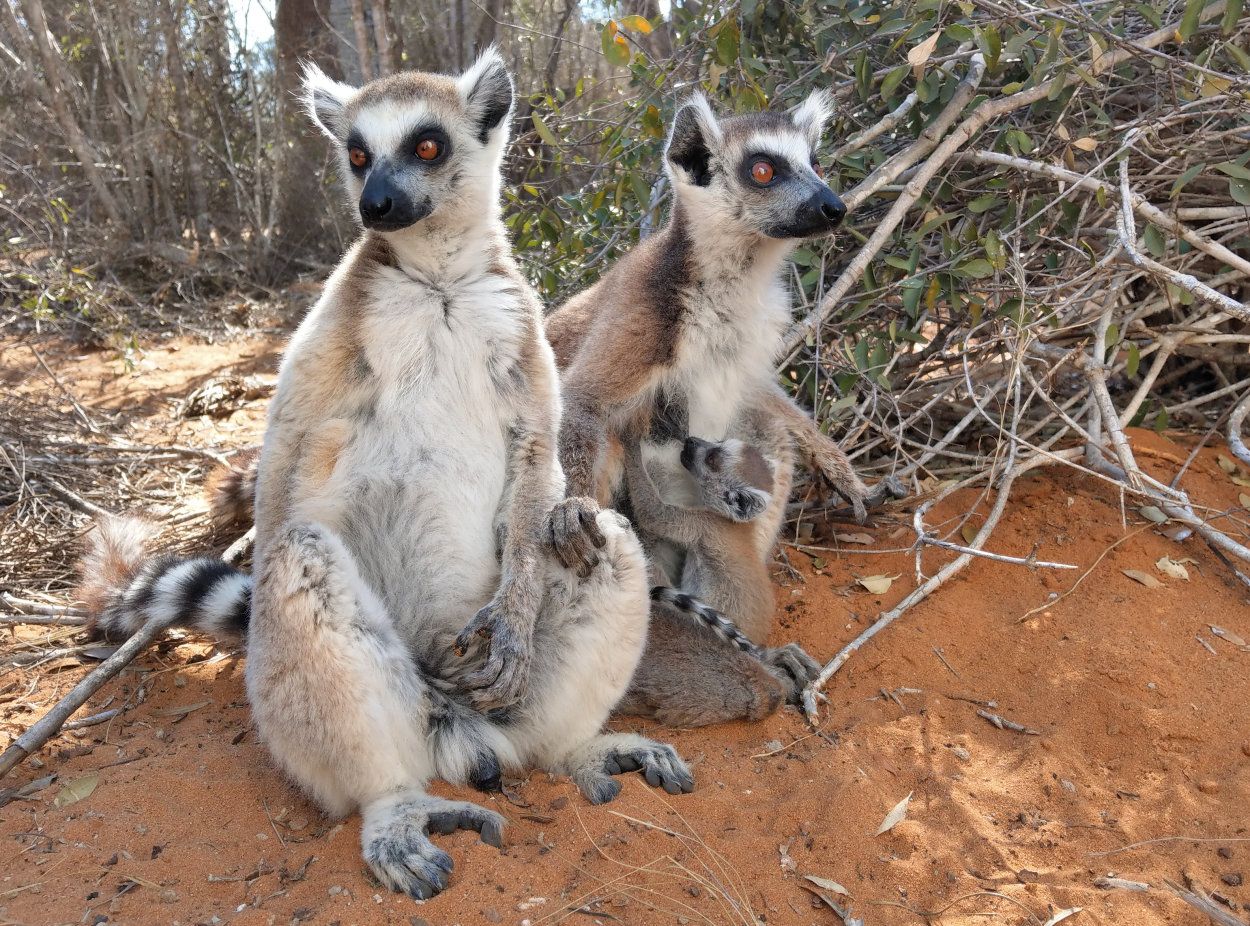
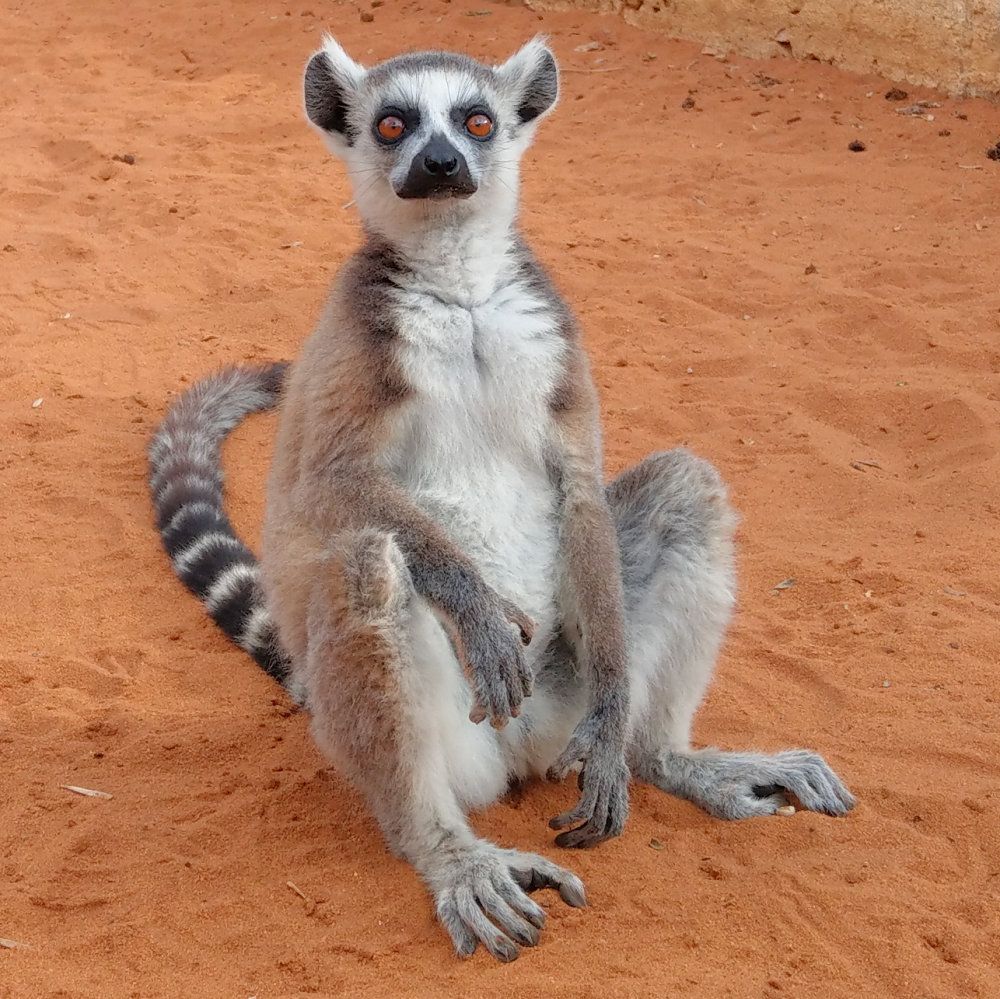
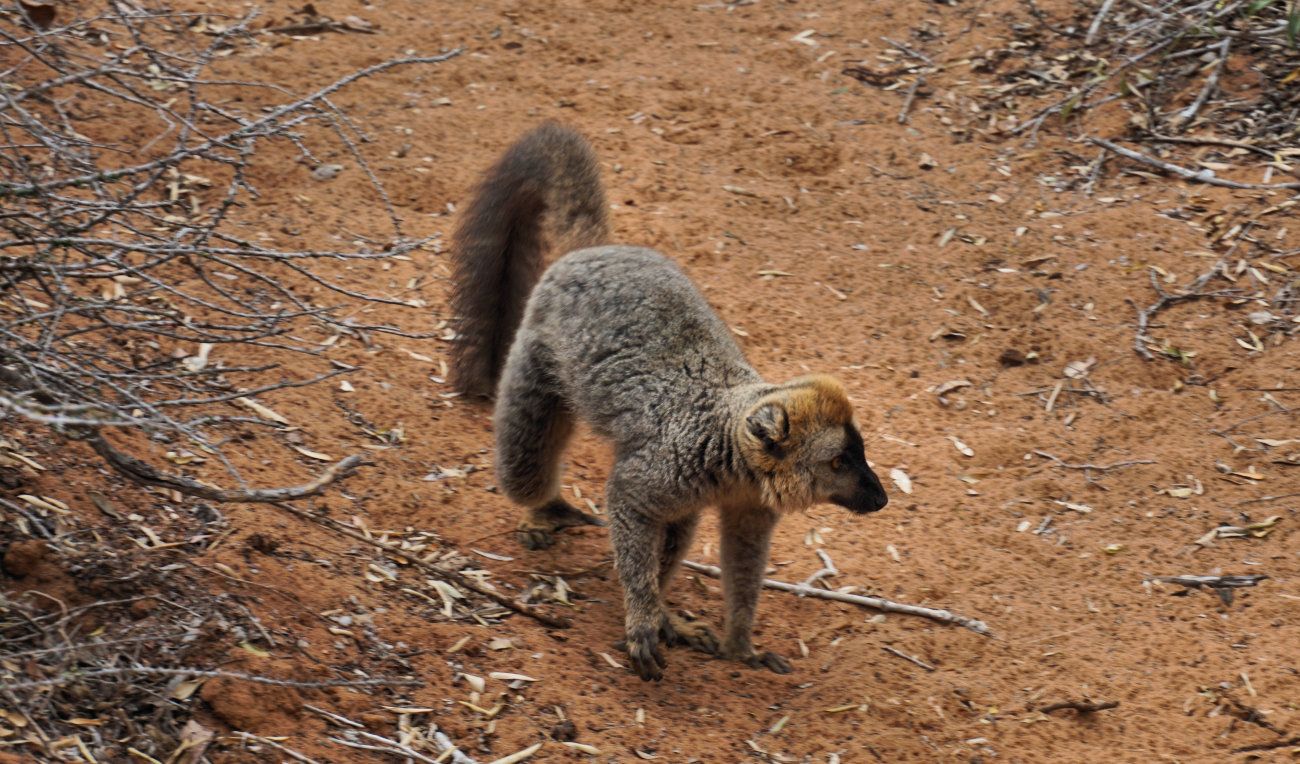
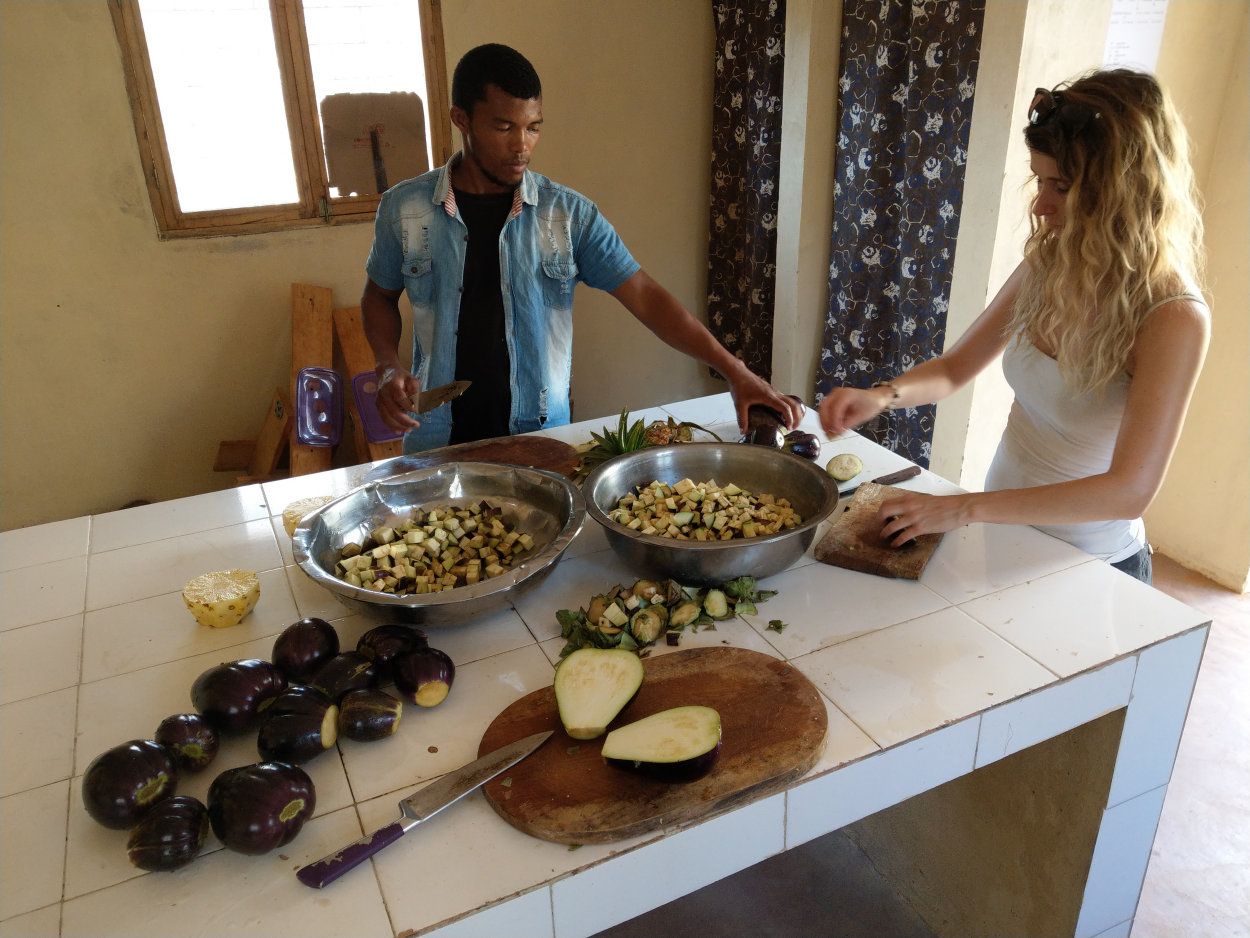
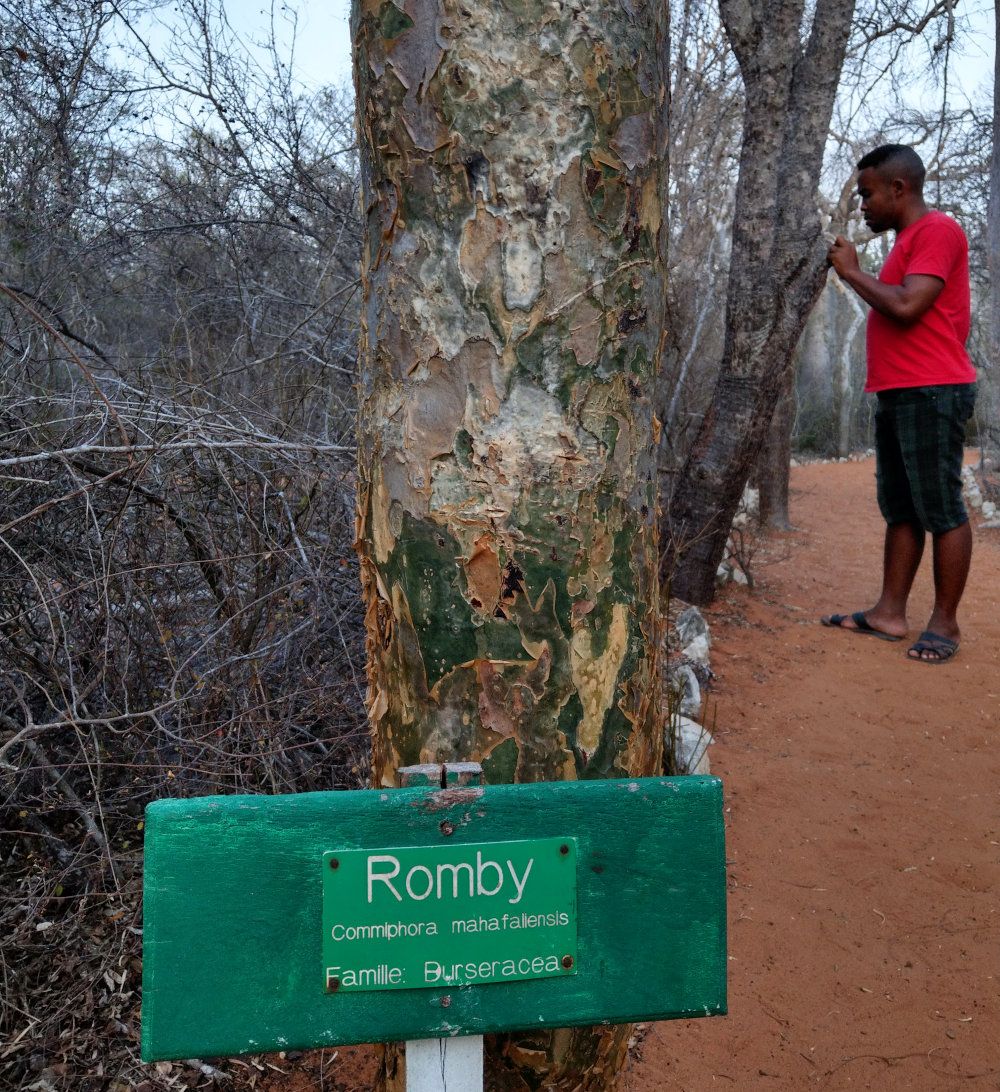
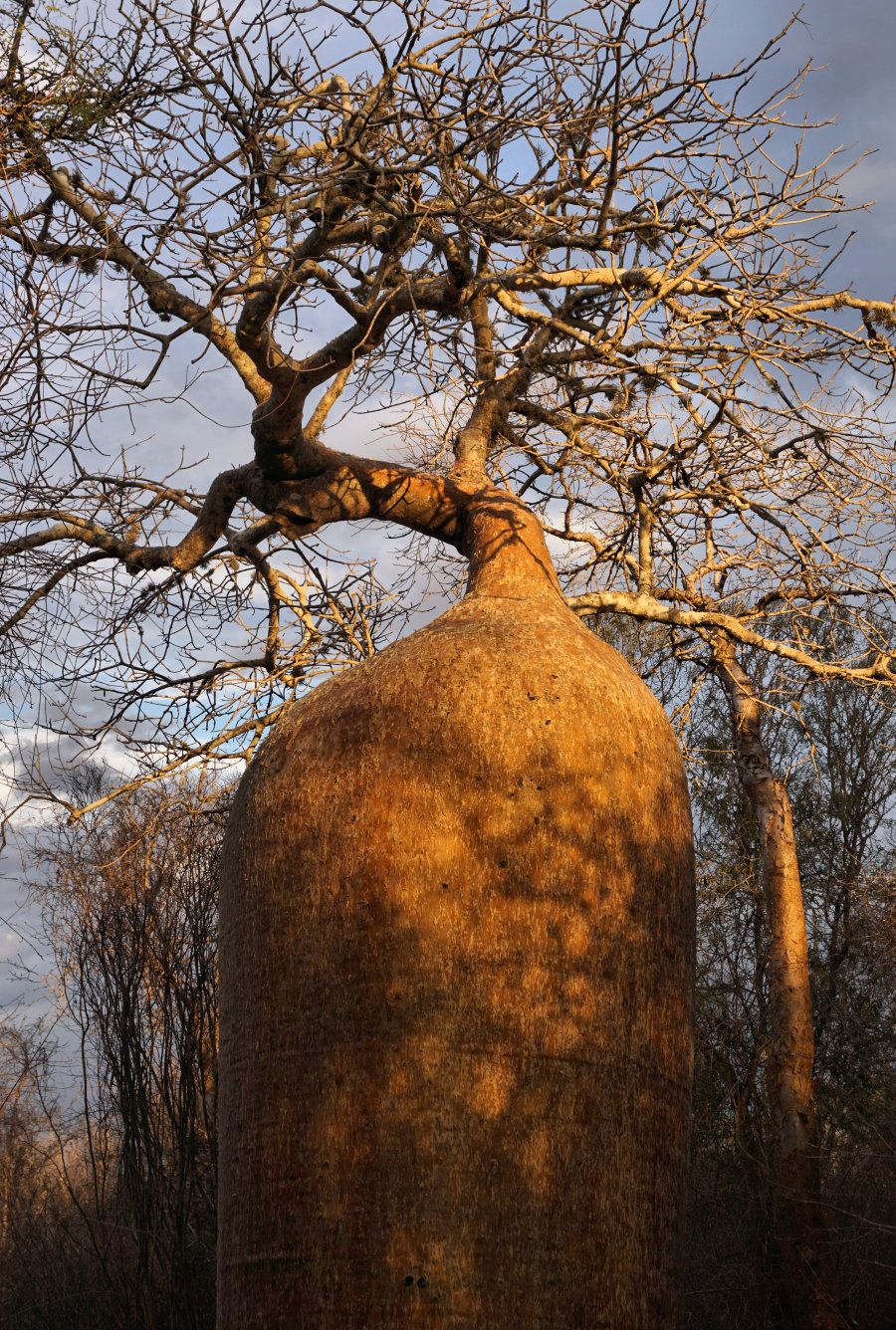
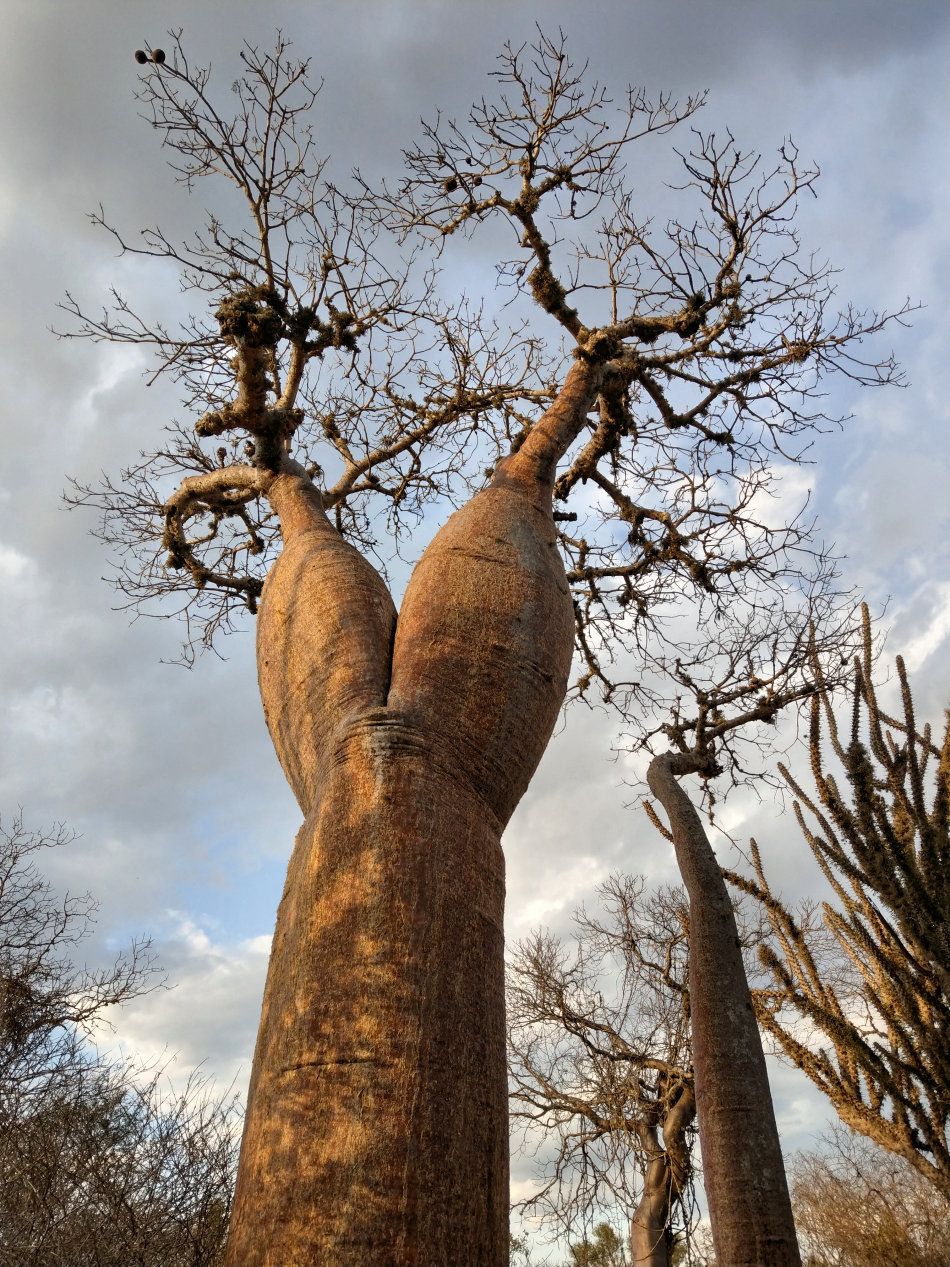

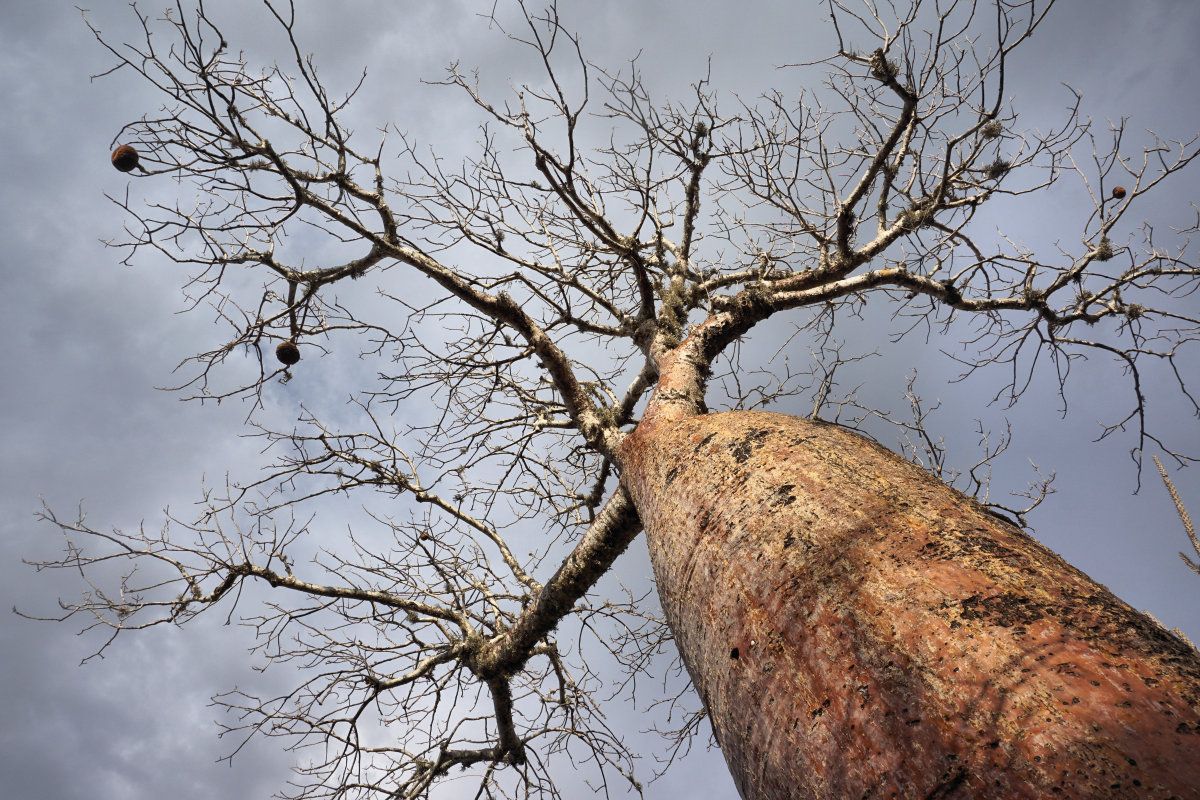
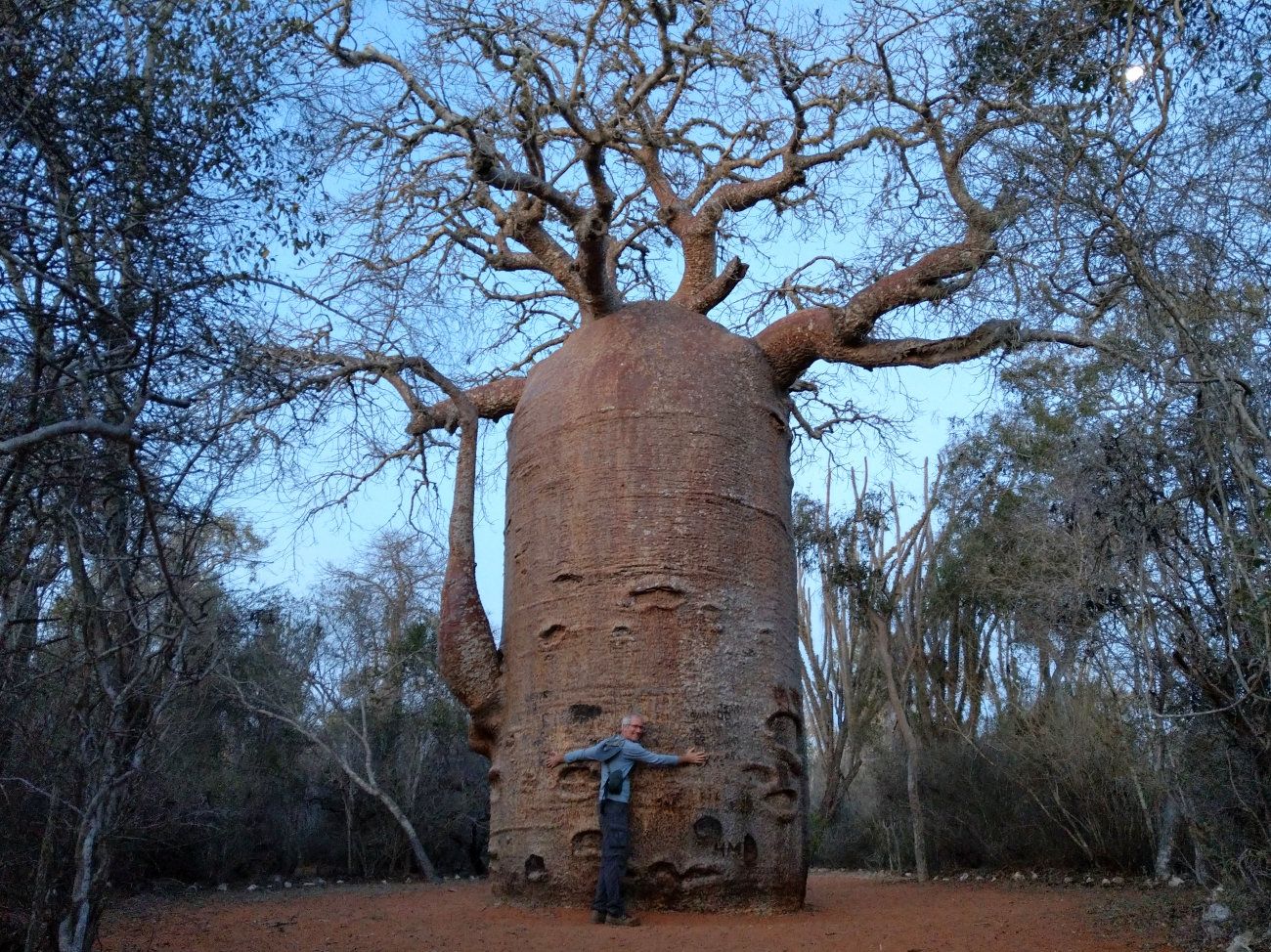
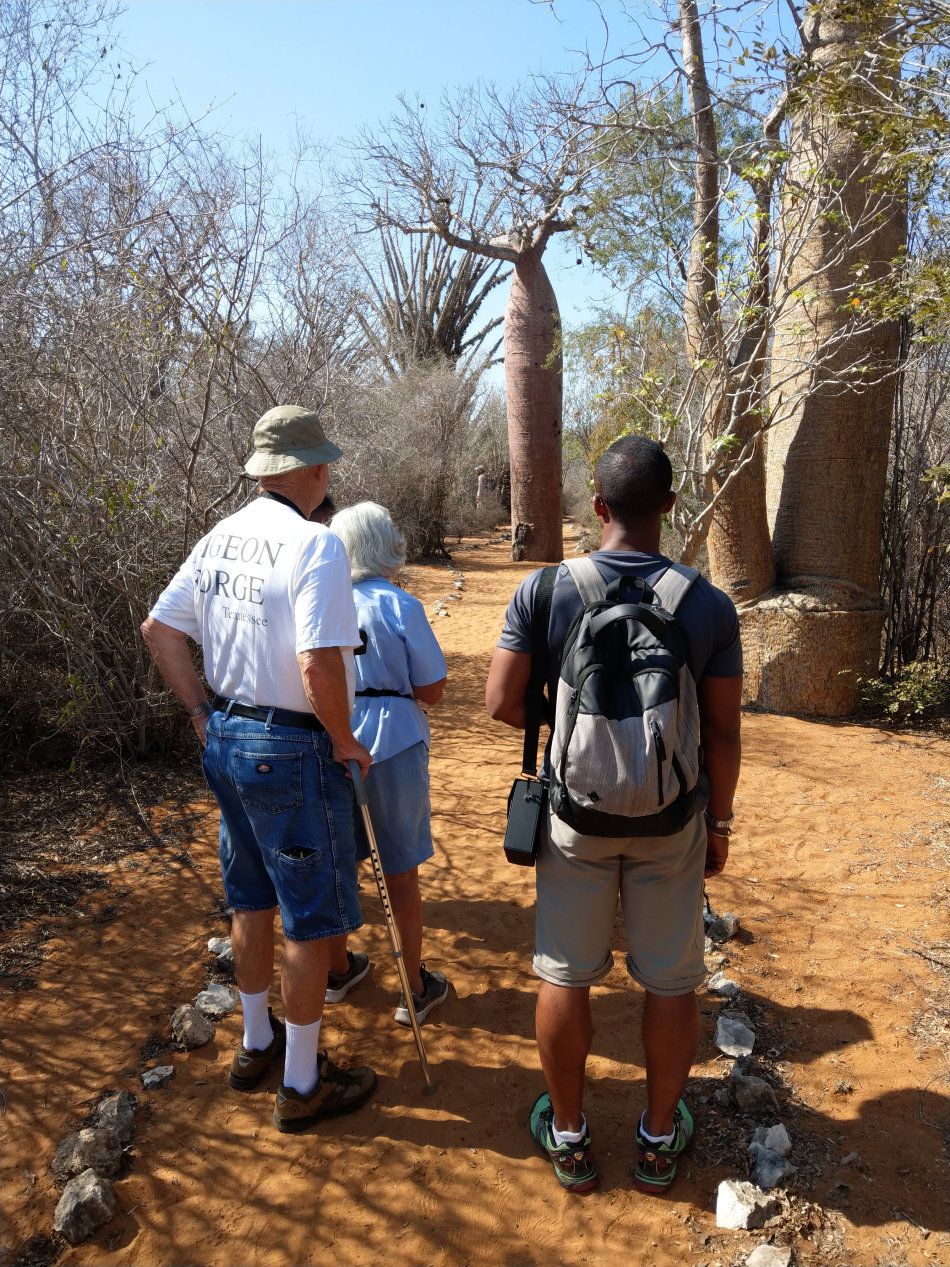
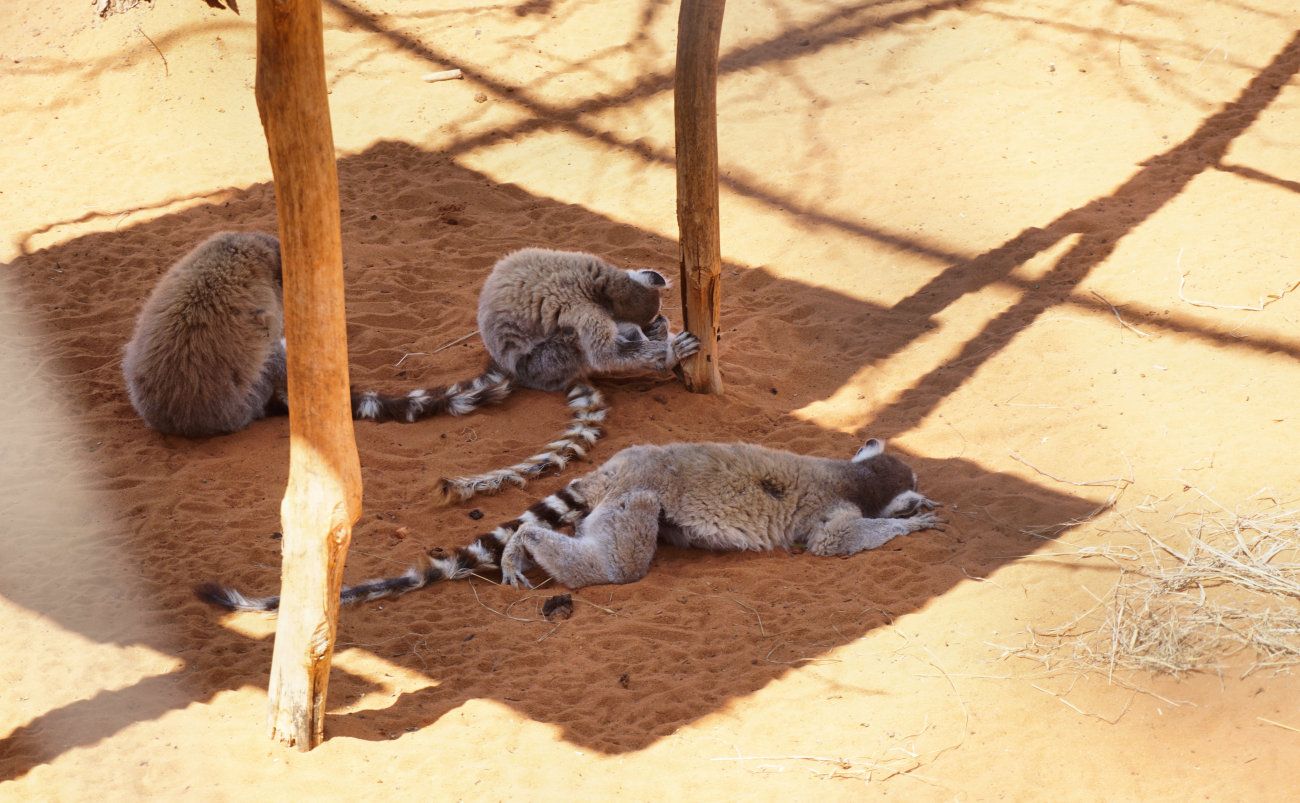


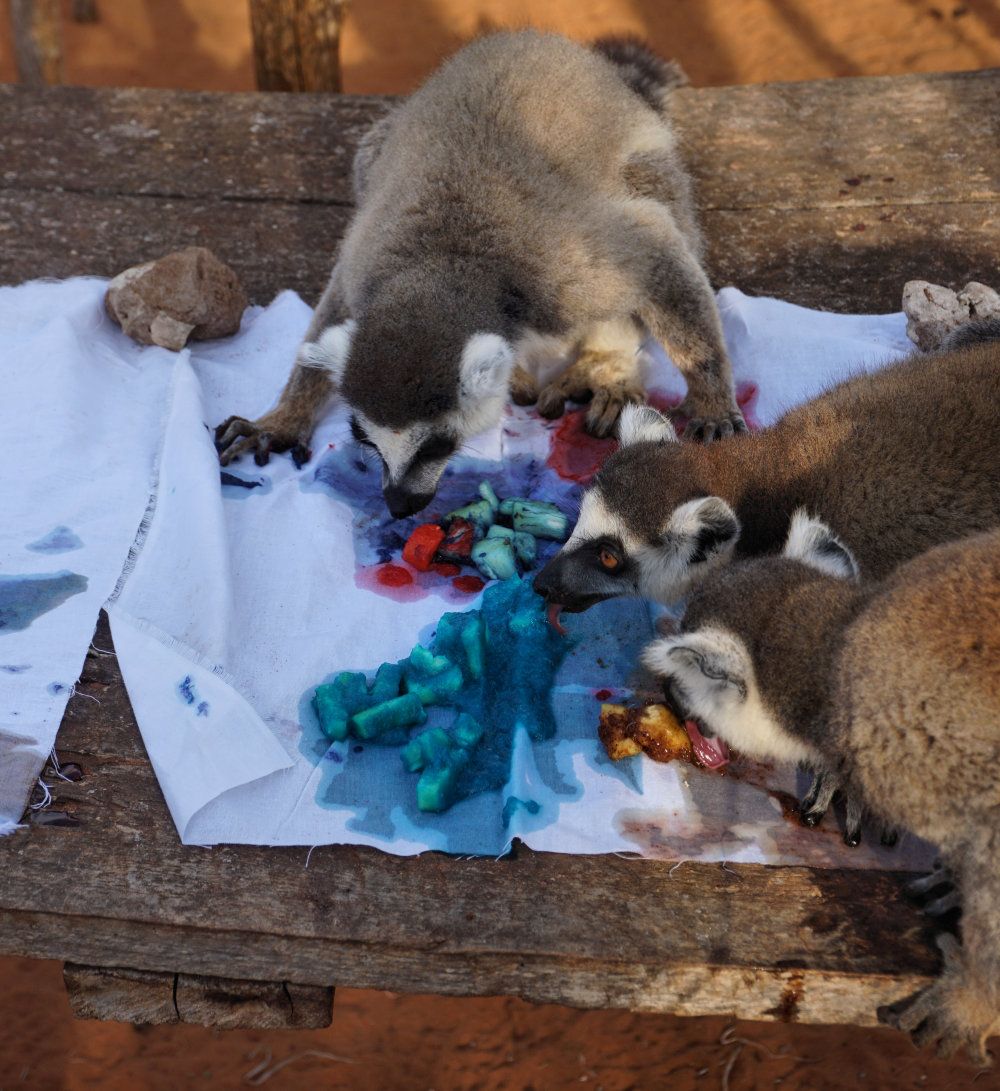
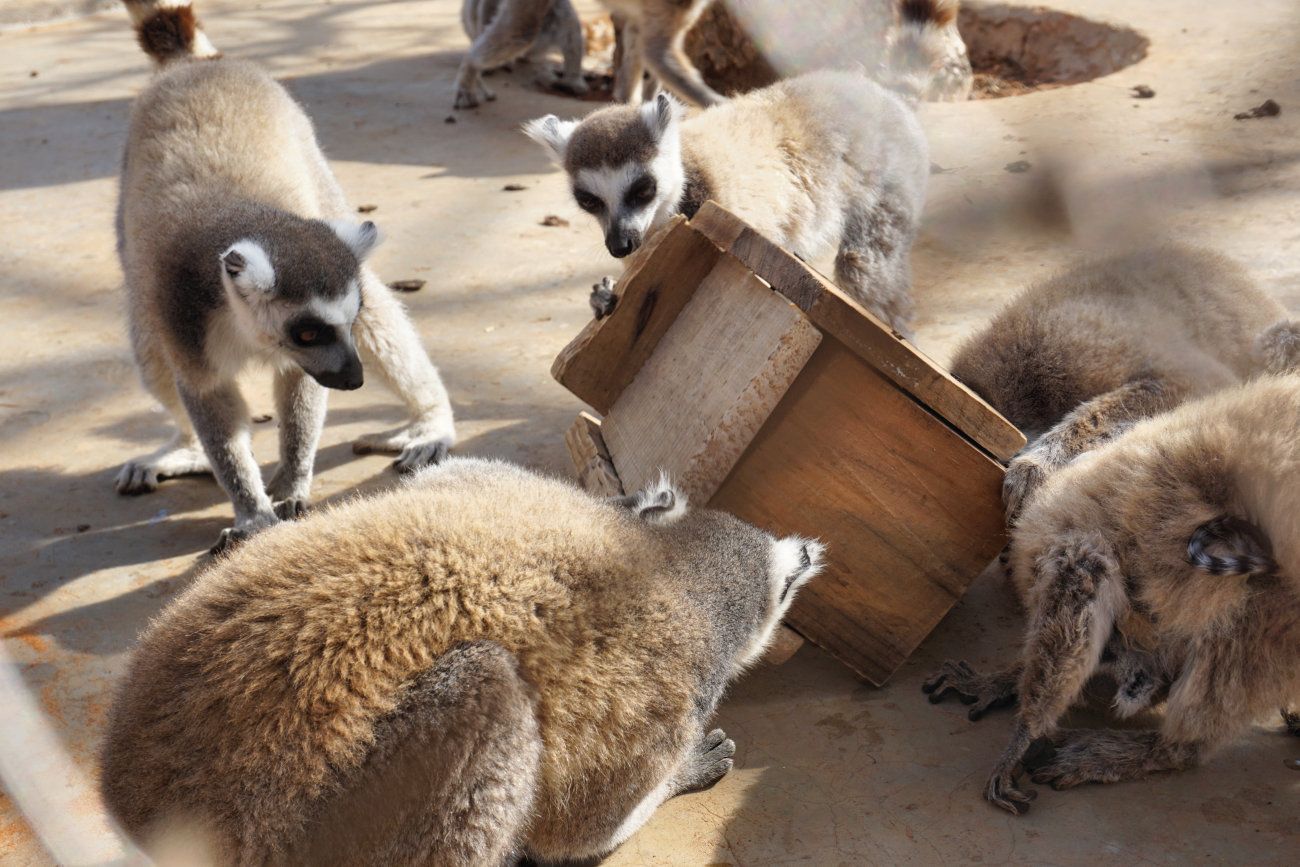

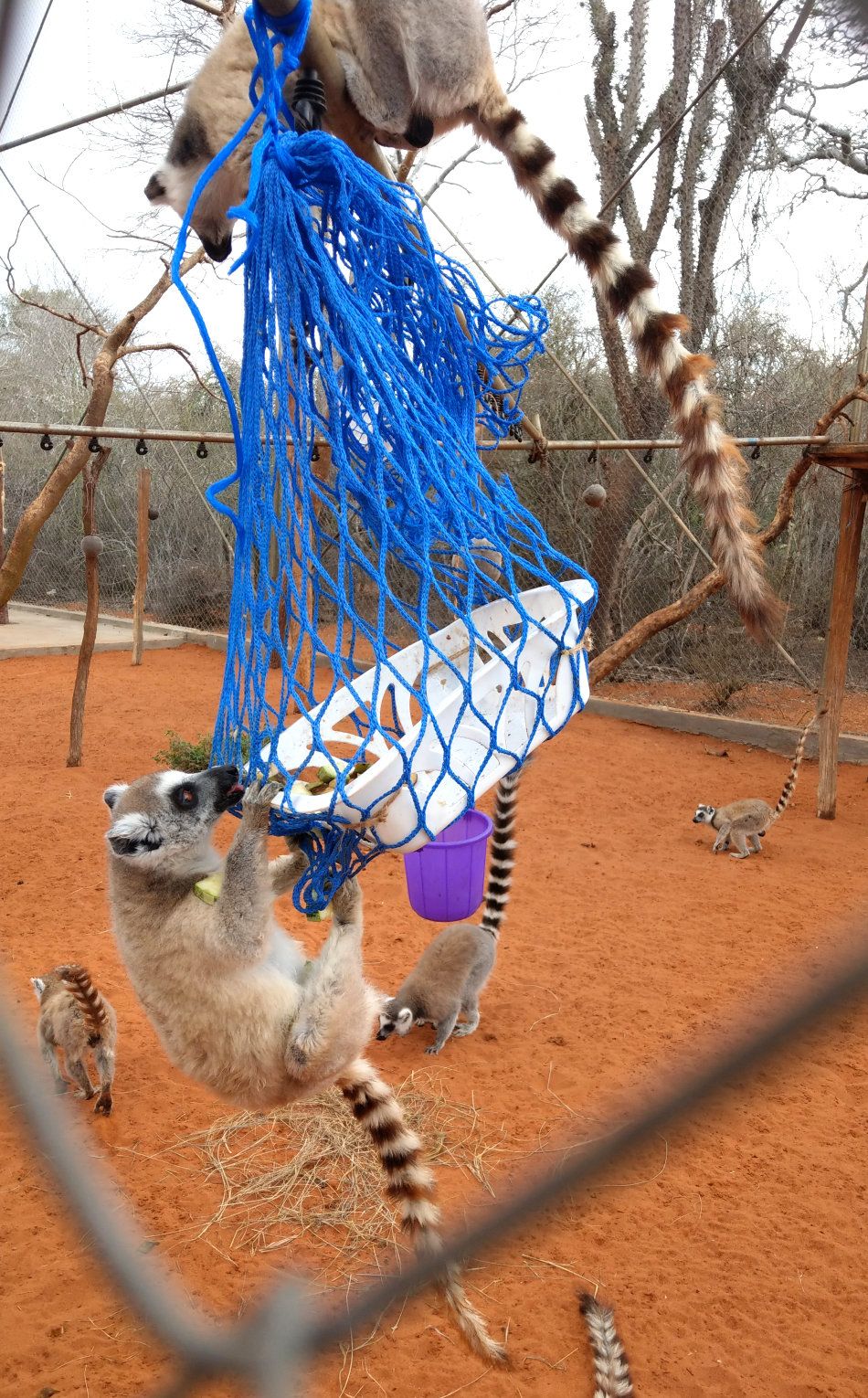
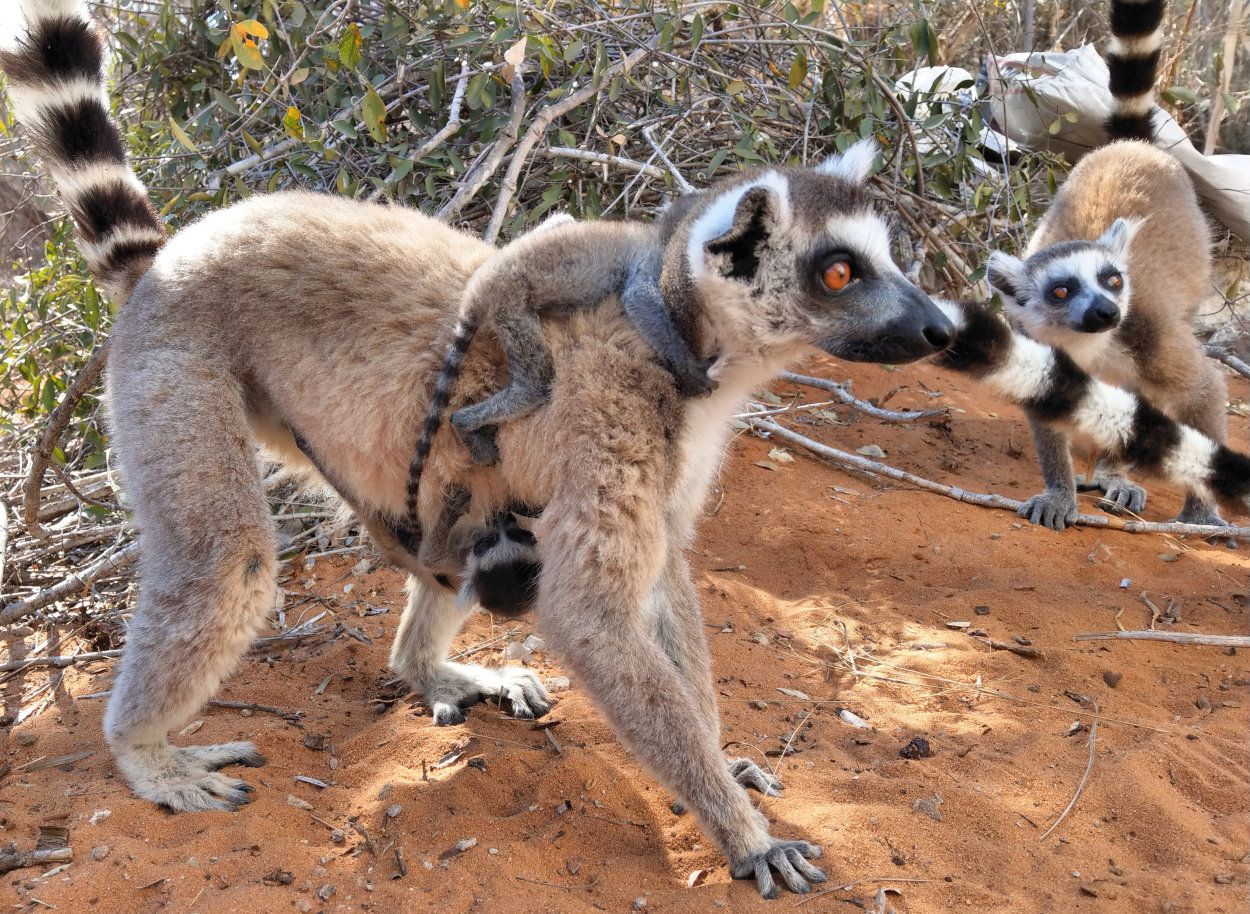
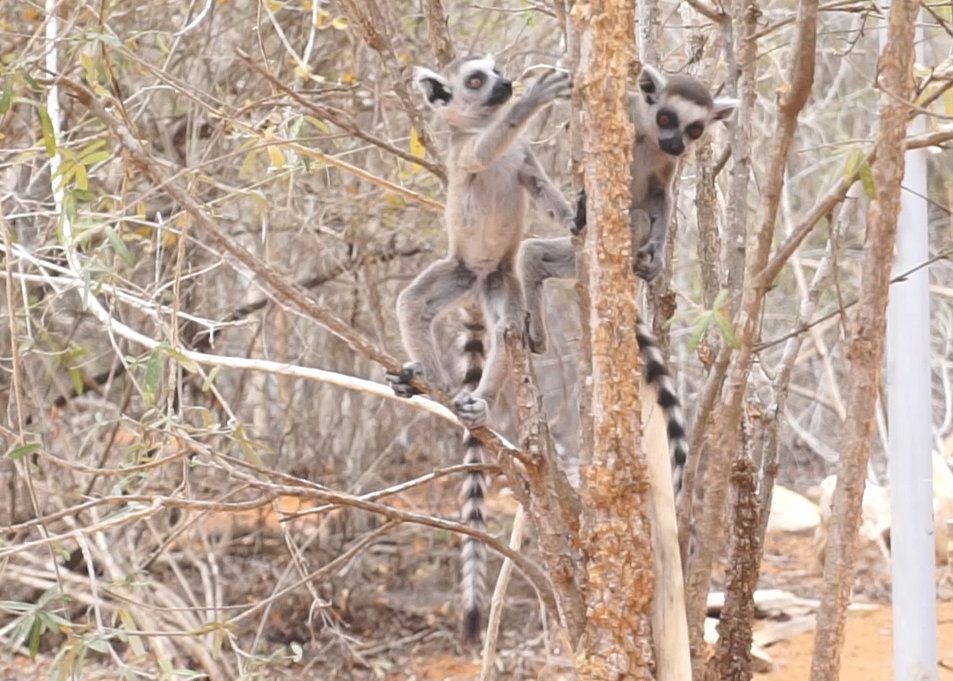
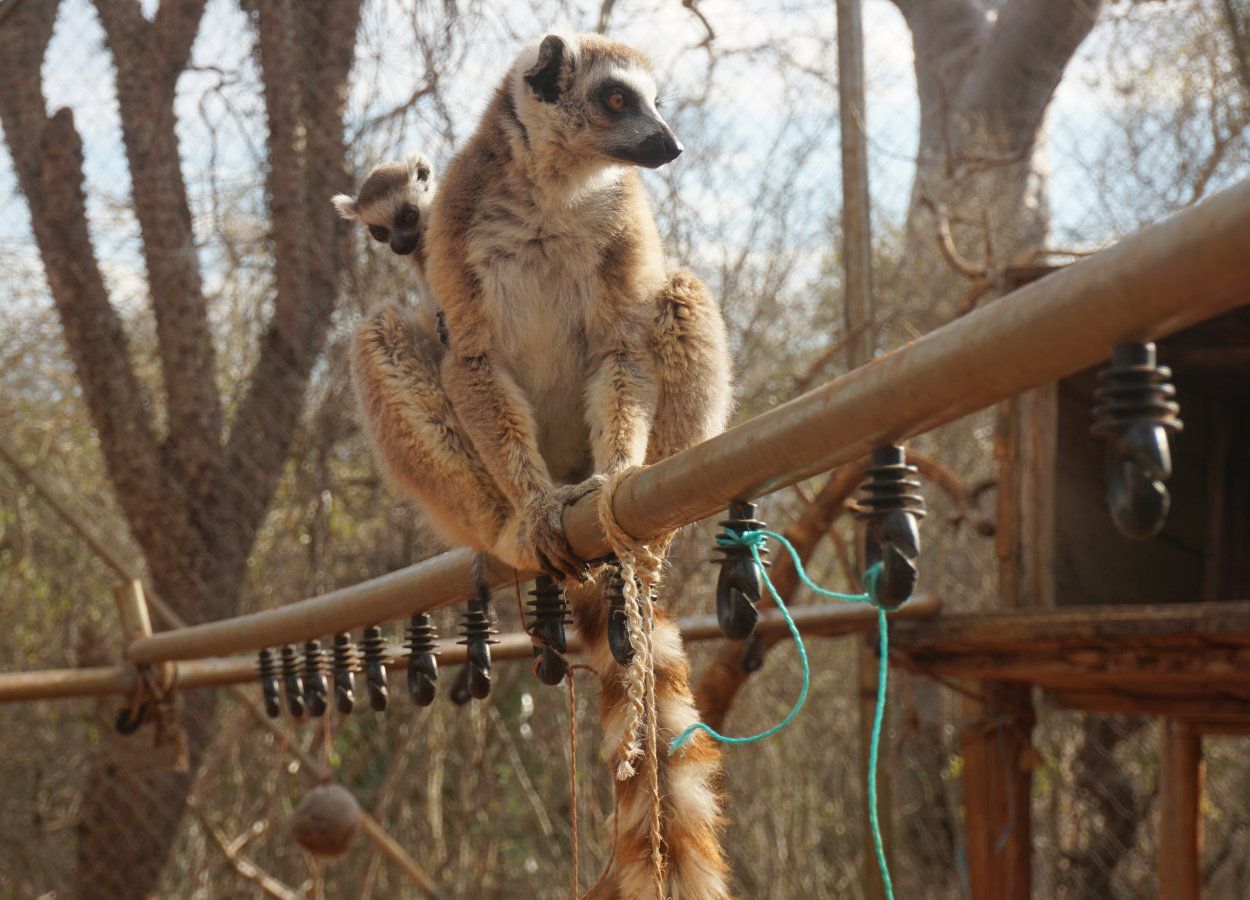
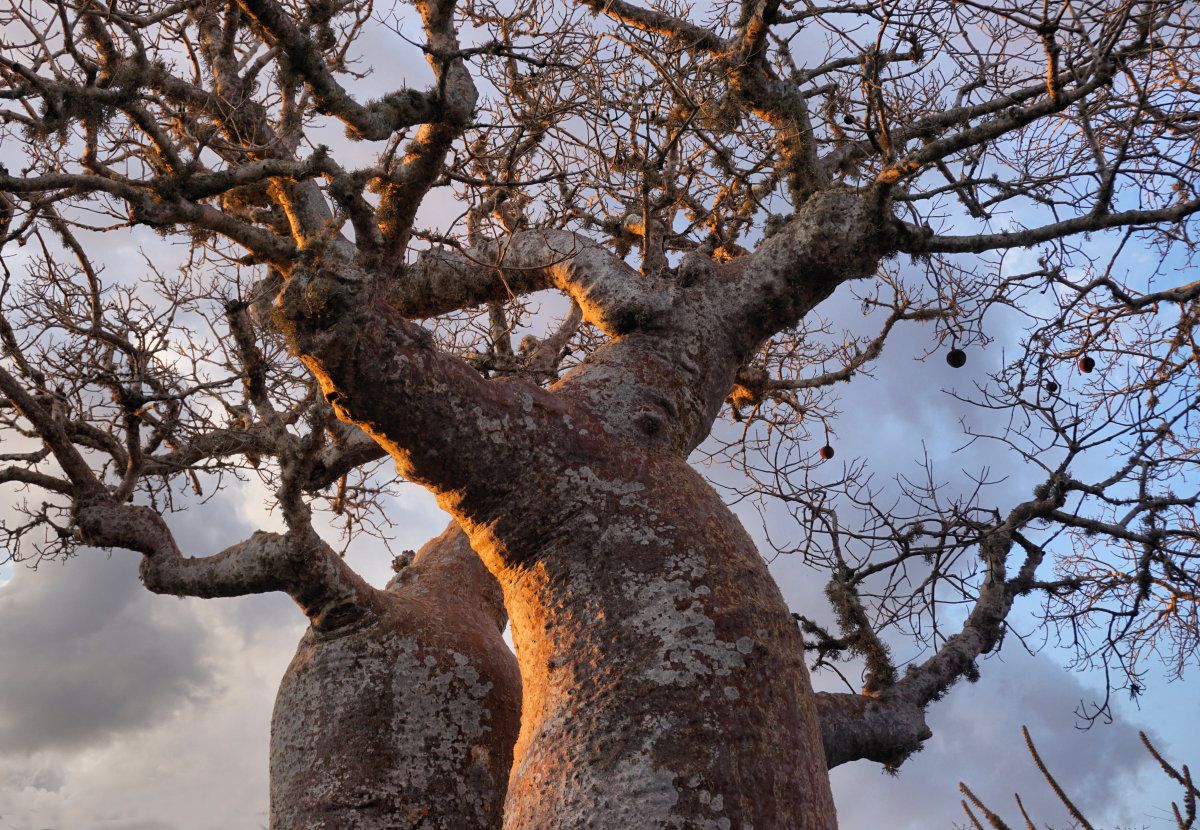
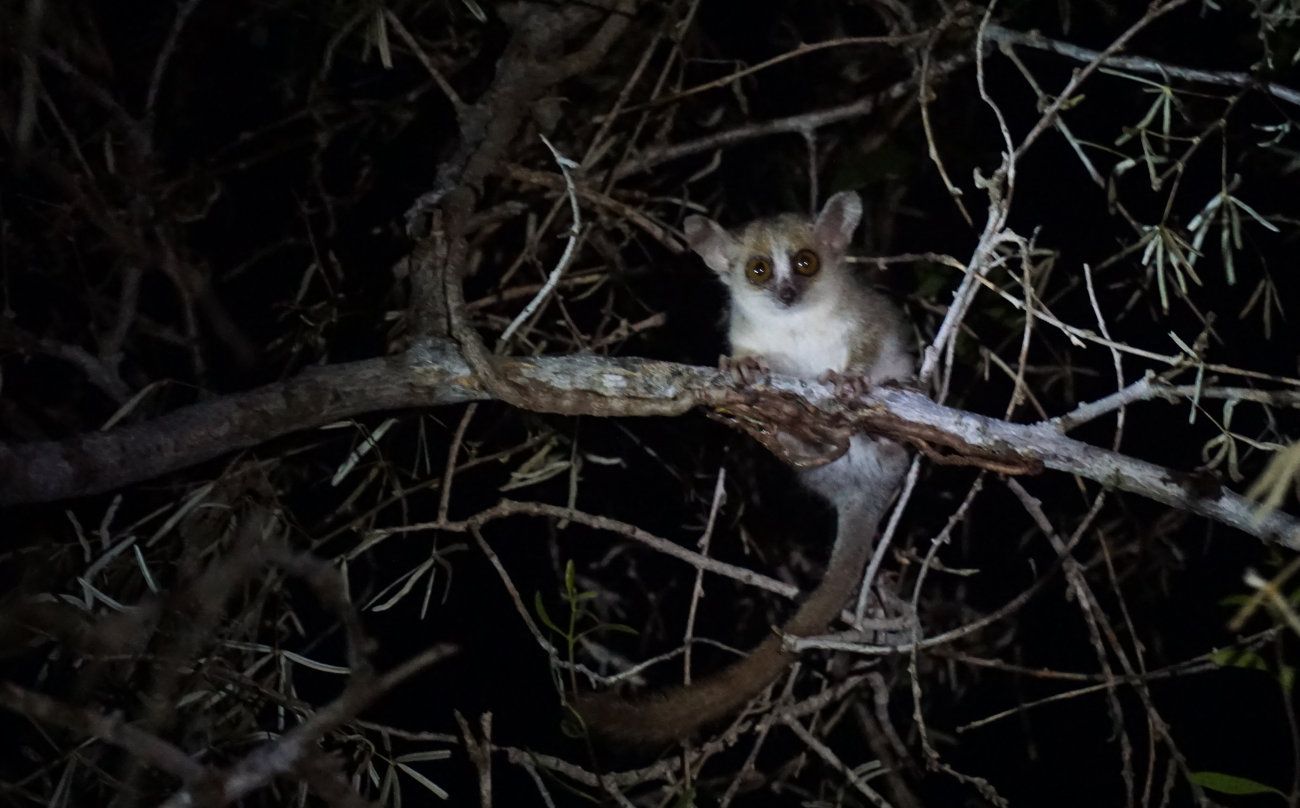
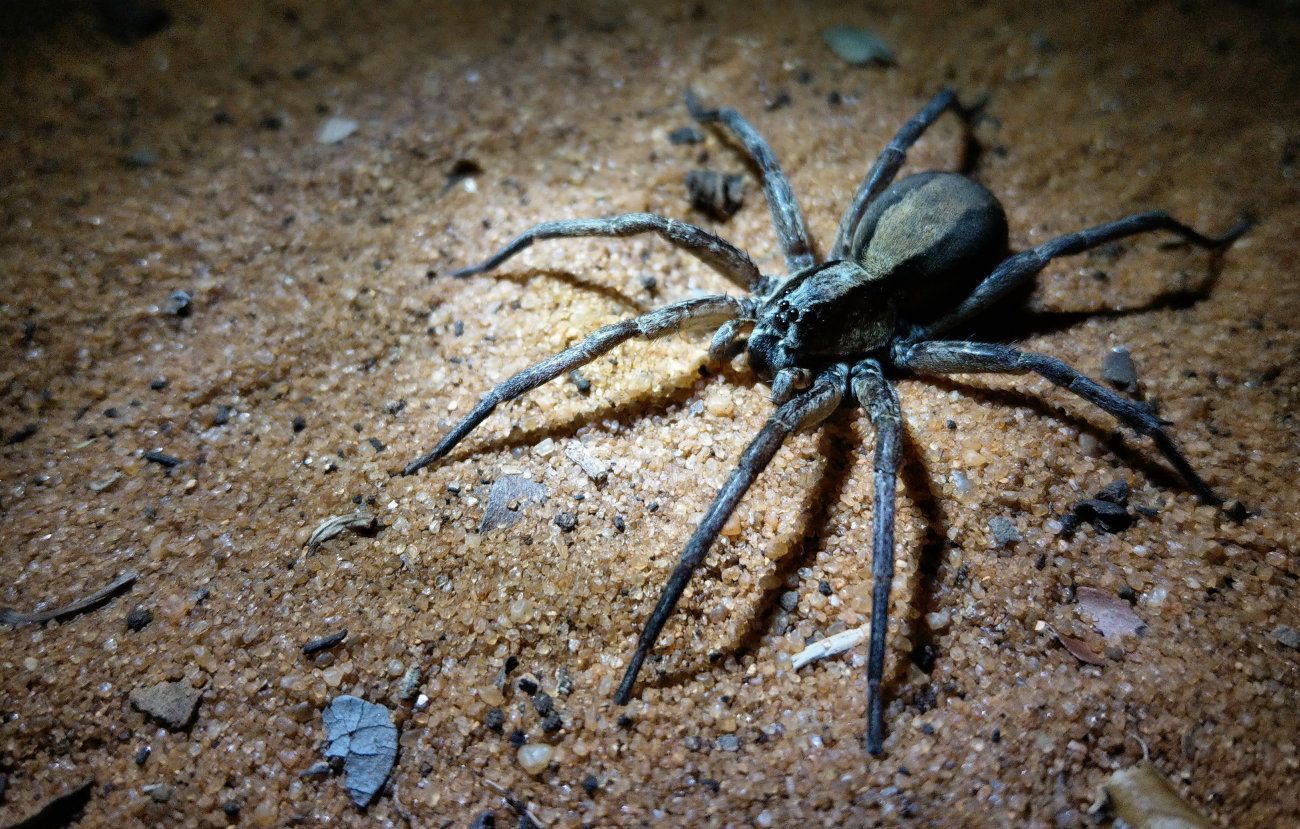

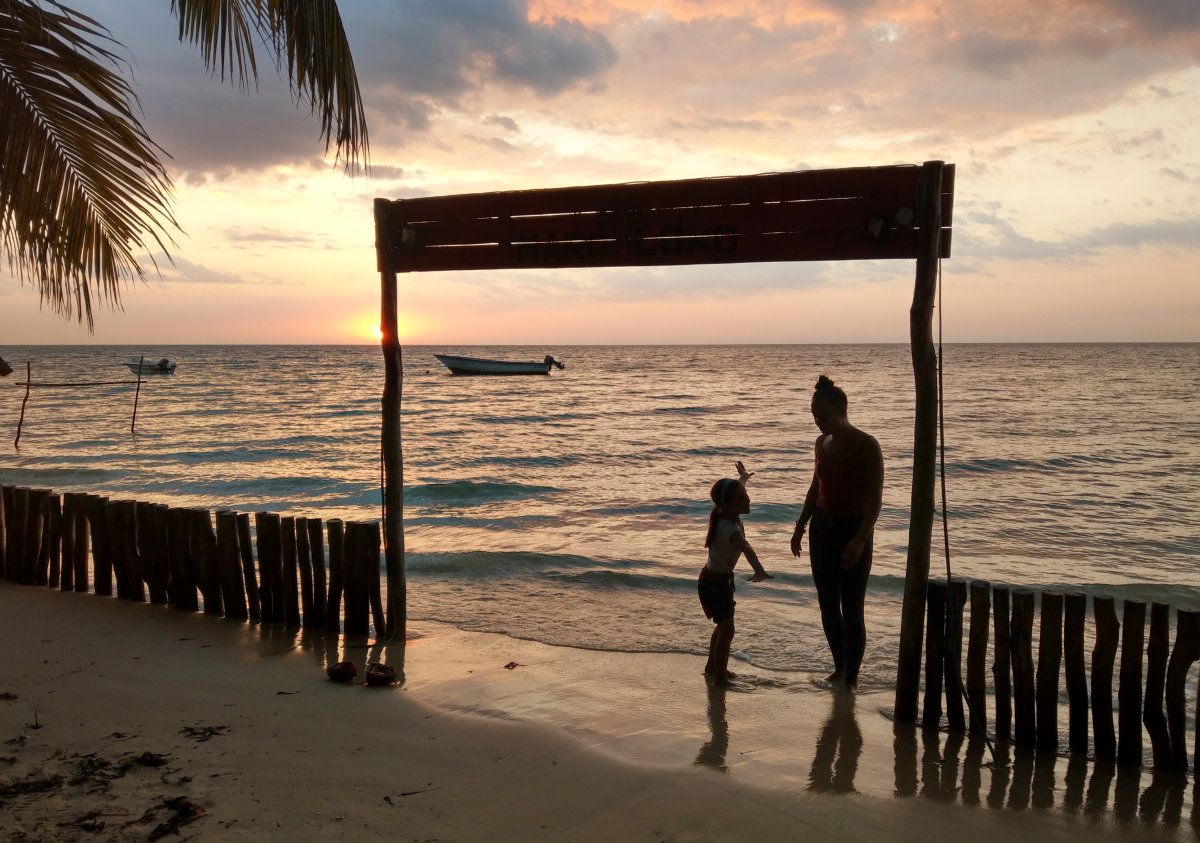
Leave a Reply